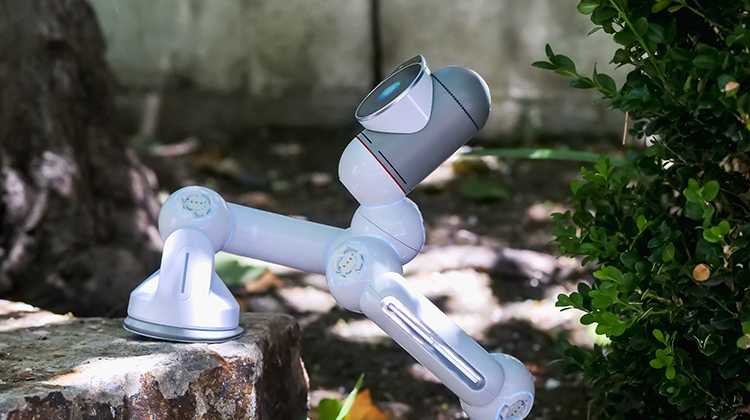AI Means Disadvantage to Persist in Future work

While robotics and artificial intelligence will change the future of work, the consequences of disadvantage will persist.
Some young Australians from low SES backgrounds who lack informal computer skills and have limited ITS access at home may be destined to work in ‘dead-end’ industries forecast to be most affected by automation.
Young Australians who grow up in tune with the latest technologies have more insight than other age groups into the career pathways and occupations will be less likely to suffer job losses because of robotics and AI.
“The future of work for young people may be less grim than forecast, but these outcomes may be far from equitable unless policies including education address issues,” says Associate Professor Andreas Cebulla, from the Flinders University Australian Industrial Transformation Institute at the Tonsley Innovation District, Adelaide.
Prof Cebulla’s research applied OECD data on the risk of jobs being automated to an Australian longitudinal study of 15-year-old students of a 10-year period as they enter the job market.
The study is one of the first to connect the actual outcomes of youth transitions from education and into work, asking whether these first work opportunities are already just a few years away from being ‘automated away’.
“Our research found young Australians are less likely to work in jobs at risk of automation than the average Australian,” says Future of Work specialist, Associate Professor Cebulla, from the College of Business, Government and Law at Flinders University.
“While they might start their working life in casual or part-time roles or sectors exposed to automation, they quickly move into more secure positions.
“Not surprisingly, however, our study found educational achievement and parental background (mainly wealth) can make a difference to work choices – as can their use of computers/IT: for learning or purely for entertainment.
“Interestingly, young people who use it only for the latter end up in jobs with high risk of automation.”
Associate Professor Cebulla says these factors should be incorporated into government and education policy and future workforce planning.
“If some of these first job opportunities are just a few years away from being ‘automated away,’ we then need to consider whether these young people are entering dead end jobs and making themselves unemployed without considering the consequences or planning for a more secure future,” Associate Professor Cebulla says.
“Importantly, this paper did look at actual recent job choices of young people. Previous research in Australia at least looked as what young people were 'hoping to do' as a job in the future, rather than what they actually did.”
Associate Professor Cedulla adds the COVID-19 pandemic has presented the latest challenges to regular work and employment, following a period of rapid change which emerged in the 1970s and 1980s when the labour market for job starters contracted and youth unemployment rose.
“Australian youth has found it increasingly challenging to navigate transitions from education and training into work, with casual work and the gig economy often the only work available for young people aged 15–24 years.
“While their first jobs to supplement income would be in the service sector, in food services, accommodation, sales assistants or checkout operators, we need to focus on creating meaningful and informed career pathway options to school leavers and university graduates to lead to rewarding, securie and well-paid jobs in the future.”
The research article, The future of work for young people – early occupational pathways and the risk of automation in Australia (2022) by Andreas Cebulla, has been published in the Journal of Youth Studies (Taylor & Francis) DOI: 10.1080/13676261.2022.2112161 (copy available upon request).
Image by Kindel Media